Just a few weeks ago a 1992 VW Golf GTI with 53,000 miles on the clock sold for $87,000 on Bring a Trailer. Then an R32 Golf with as near-as-dammit running-in mileage made $104,000 on the same site. Last year a Renault Clio Williams went for £64,400 at auction and a Peugeot 205 GTi fetched £69,000.
While these figures may be slightly misleading, inflated in the heat of auction bidding and at the very peak of prices achieved in public for the individual make and model – and not reflective of average values you’ll find in the Hagerty Price Guide – there’s no doubt that now is the time of the Hot Hatch. Cars which, just a few short years ago, would have changed hands for a pittance are now seriously sought-after, as the generation that grew up driving them or, perhaps more significantly, dreaming of driving them are now at a stage in life where they can afford to indulge that passion.

“Generally, 80’s and 90’s cars are hitting the spot with 40-somethings starting to free up some spare cash, and values are still on the rise,” explains Matthew Priddy, Head of Auctions with Historics Auctions. “And with auction prices setting benchmark figures, the emphasis for a buyer should be on finding a car that’s not been abused and can be thoroughly examined, including beneath.”
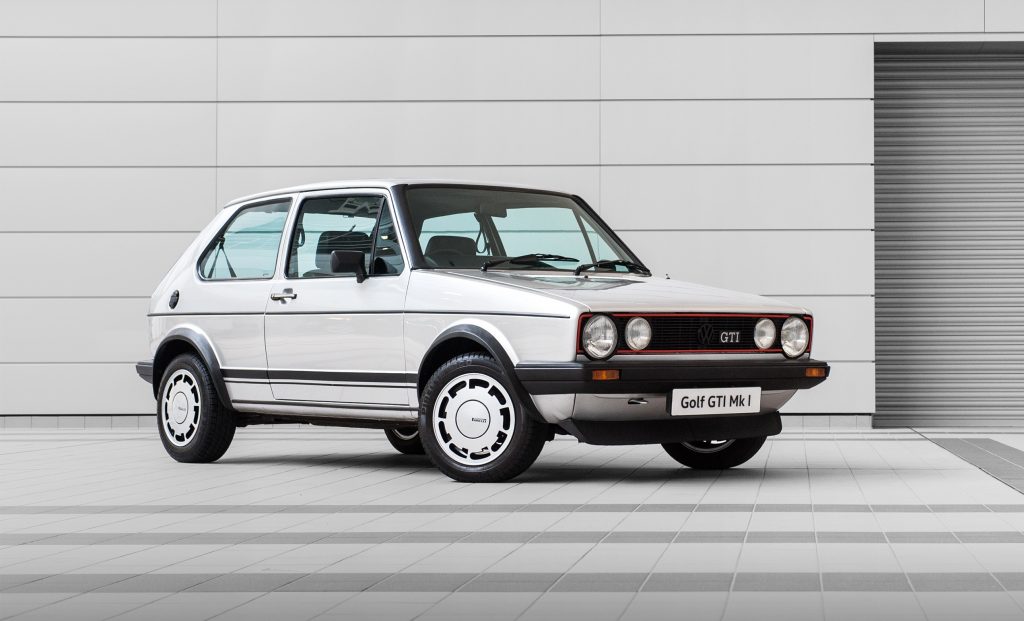
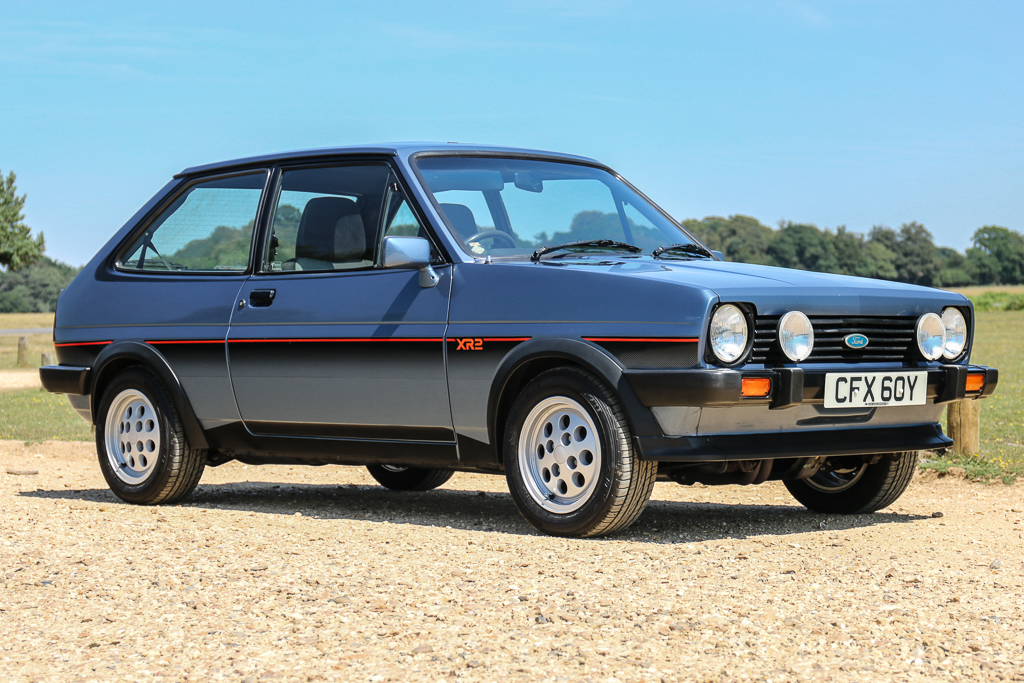
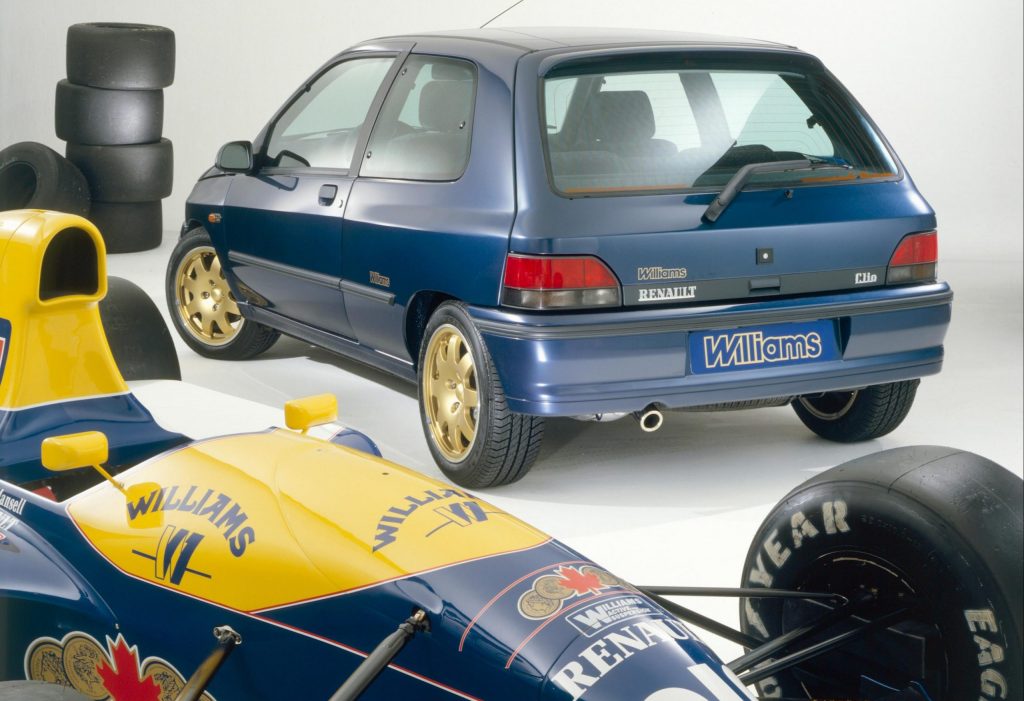
Just how buoyant those values are becoming is demonstrated by looking back through sales results achieved by Historics Auctions. In June 2014 a 1983 Golf GTi Campaign sold for £7,952 with 90,000 miles on the clock. Roll forward and an identical car sold for £37,828 in May 2022, albeit with a lower 38,000 miles. In May 2012 a 1990 Peugeot 205 GTi didn’t even meet its £4,000 reserve, yet in March 2019 a 1998 example achieved £22,960. If fast Fords are more your thing, you’ll probably have noticed they’re rising in value, too. In March 2020 a 1980 Ford Escort XR3i realised £17,920. Meanwhile, a rival Vauxhall Astra GTE went for £19,244 in May 2022.
Why hot hatches are rising in value
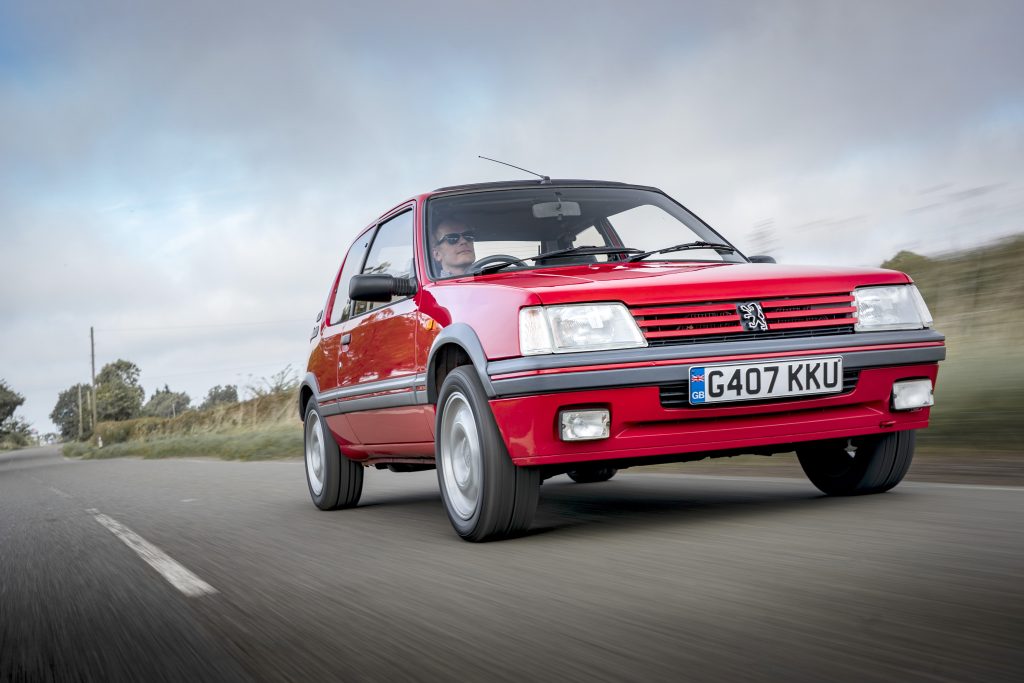
Scarcity is partly responsible for the headline-grabbing prices of hot hatches, with so many succumbing to accident or theft back in their heyday and the remainder being superseded and left to rot. There used to be 55,000 Peugeot 205 GTis in the UK, for example, and now there are only around 1,000 left.
There is, of course, more to it than mere numbers.
“I think the appeal of Hot Hatches endures as they represent the maximum amount of motoring enjoyment from the least amount of metal and money, meaning they’re catnip to the heel-and-toe cognoscenti,” says Paul Cowland, presenter of Salvage Hunters: Classic Cars, and Hagerty columnist. “I don’t think any other type of car punches quite so much above both its literal and figurative weight, and when you think that a well-driven GTi will spank most averagely driven supercars on all but the straightest of country lanes, they’re always going to be attractive to those that value driving enjoyment and visceral thrills over status and conspicuous consumption. They’re the one truly classless performance car.”
Cowland and Salvage Hunters: Classic Cars co-pilot Drew Pritchard recently paid £4,000 for a 205 GTi despite it being classed as an insurance write-off. Cowland had found that it was declared a write-off because its door locks and ignition had been vandalised, and there’d been no structural damage to the 205 GTI. The pair sensed an opportunity, knowing that once restored it could be a handsome return on investment.
The time was right to save my vandalised Renault 5 GT Turbo
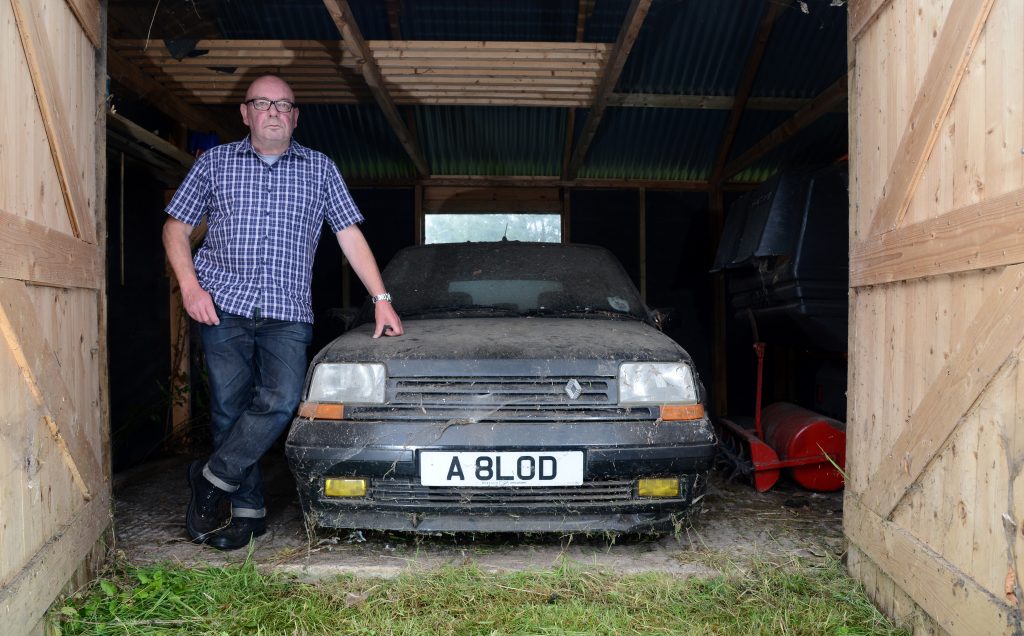
For others bringing a late 20th century hot hatch back to life is more of a personal mission.
Photographer Nathan Morgan first bought his Renault 5 GT Turbo, a phase two model, in 1989. Living a life on the streets of London didn’t really suit it, however and, as soon as he was given a company car, Morgan took the 5 back to his family home in Wales and left it there. His father used it to regularly until one day the 5 GT Turbo was subject to the sort of depressing act so many hot hatchbacks were subjected to: someone tried to steal it.
“They broke the lock on the door to get in and then they smashed up the dashboard and broke the steering column trying to hotwire it,” says Morgan. “The insurance company wrote it off and I bought it back as salvage. I think they gave me 1500 quid and I bought it back off them for about £500. I put it in a barn with the intention of maybe one day doing it up and it’s been on my mind for 20 years.”
When Morgan finally got round to tackling the car he was amazed that it started quite easily. “It didn’t take much. We put some fresh fuel in and new fuel filters and blow me down, we got it running. I bought some new tyres on it so we could roll it and then started stripping it down.”
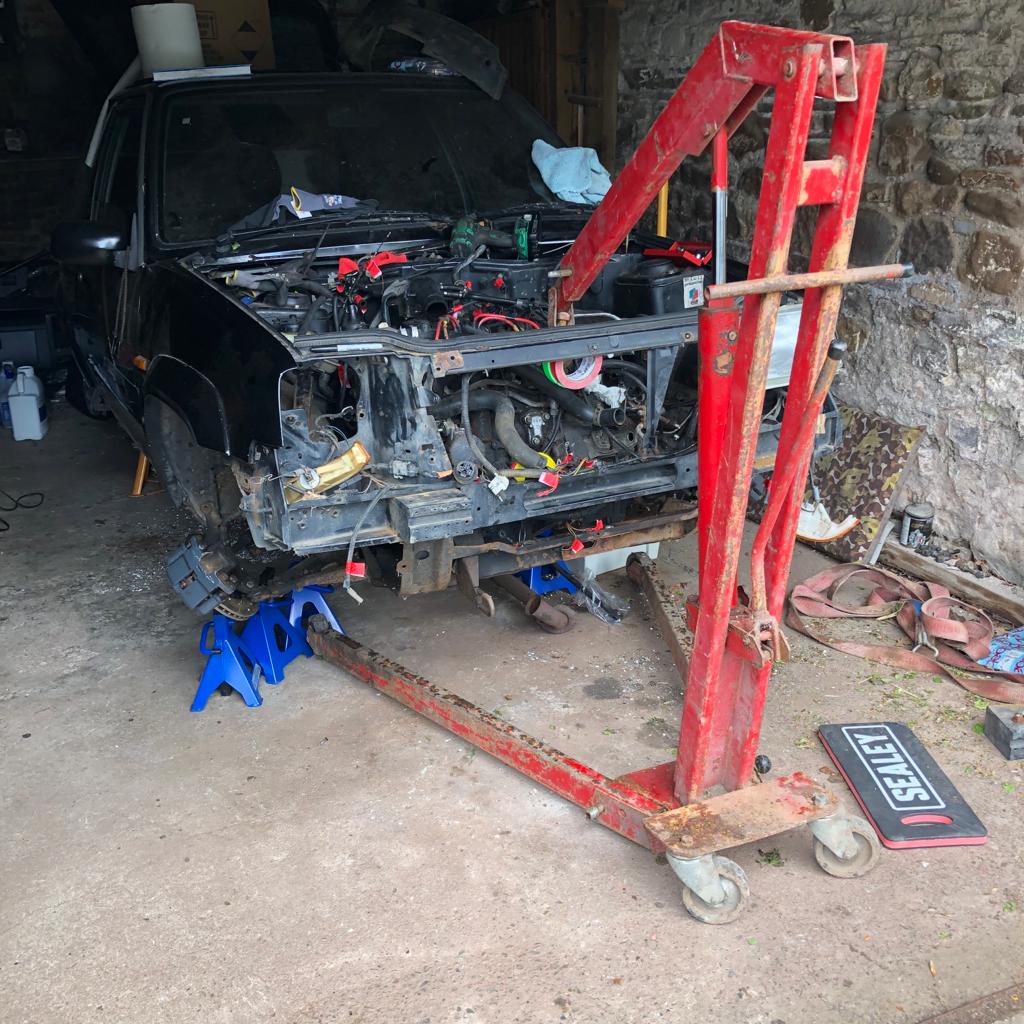
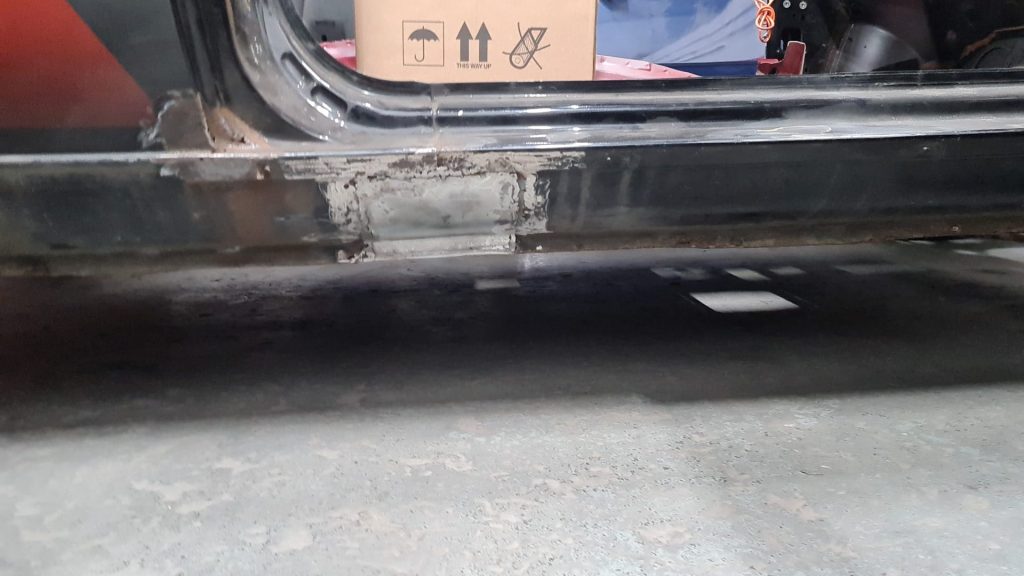
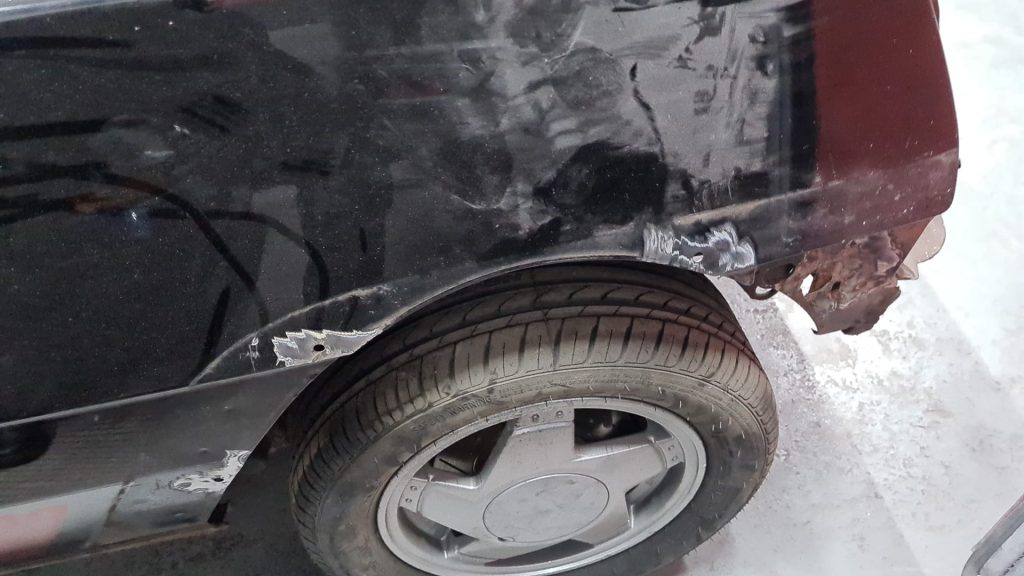
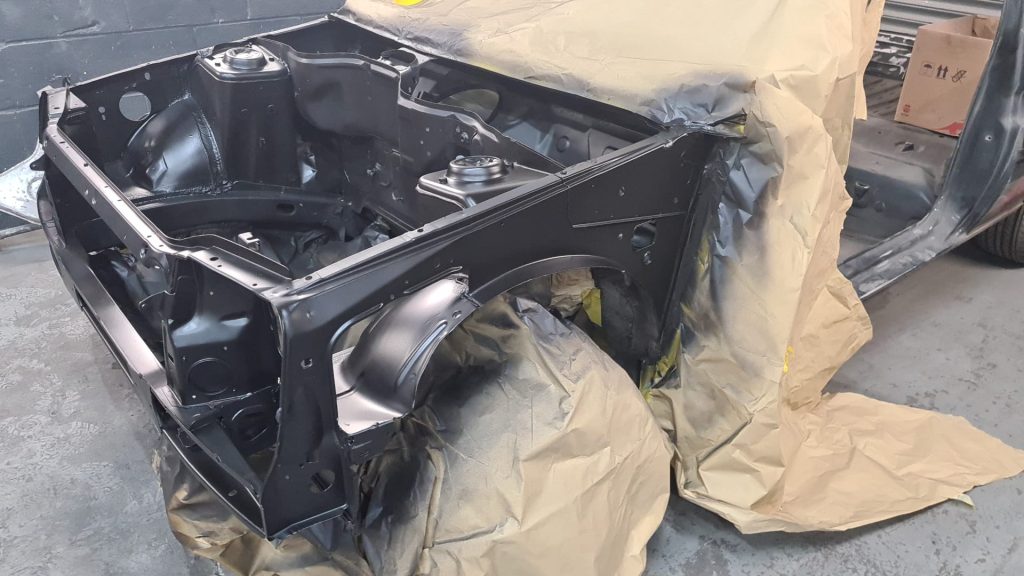
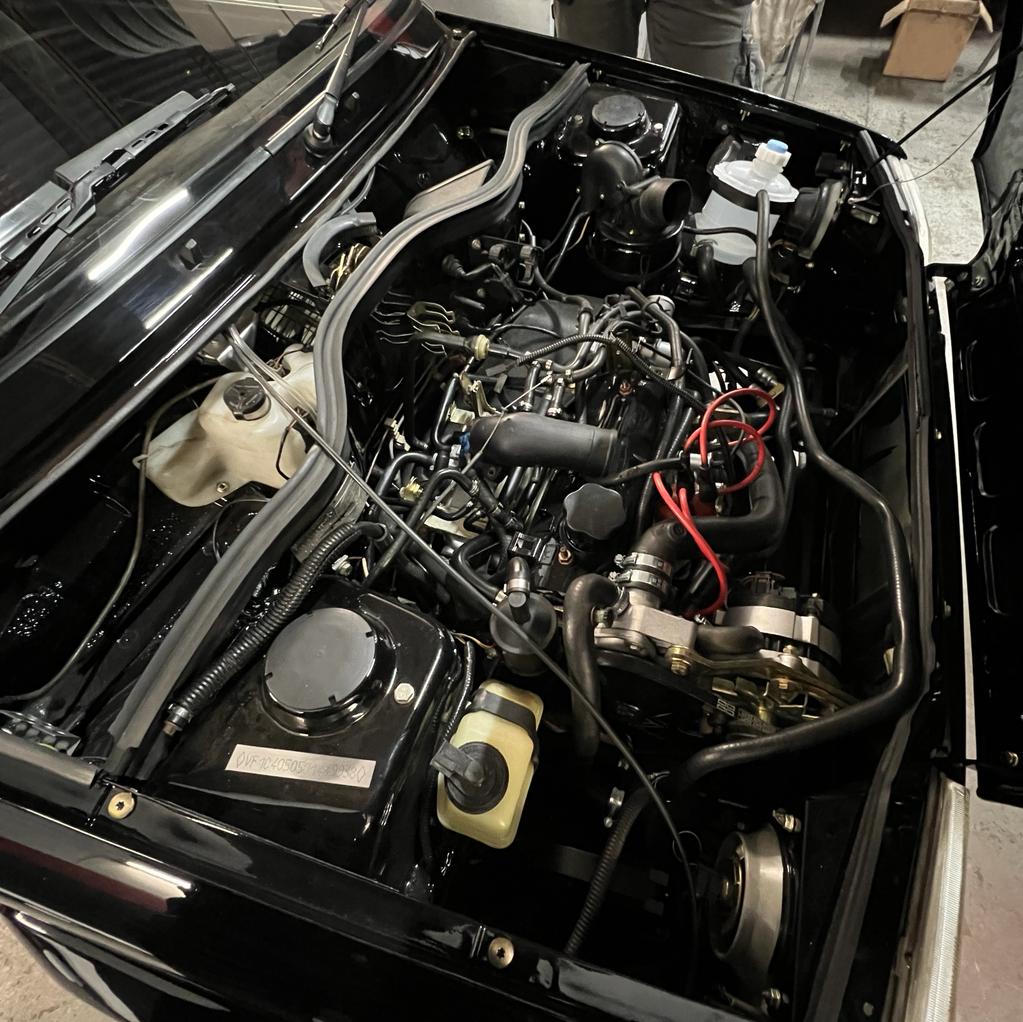
Soon he had the car disassembled but realised that putting it all back together might be beyond him and took it to a specialist. It was stripped right back to a shell, repainted and fitted with a mostly new interior. Finding a good specialist was the easy bit, finding replacement parts was the challenge. Morgan sourced spares from France, Spain and Portugal, but the effort paid off – the car is now almost ready to race away from a green light once again.
“It will probably have cost around £16,000 to get it back on the road and I’d like to think that it’s worth around 20 grand now,” he adds. “But I’m not planning to sell it. The idea is to use it occasionally in the summer months, and I’m definitely not leaving it to rot in the barn again.”
“It feels nimble, light and immediate unlike today’s hot hatches”
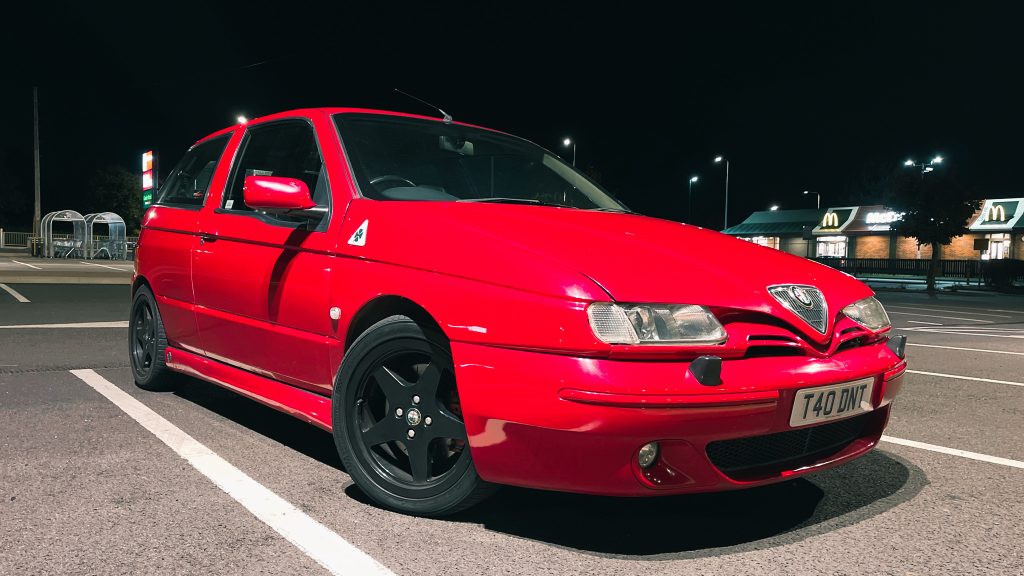
Morgan’s 5 GT Turbo is one of only 317 still on Britain’s roads, but Nathan Chadwick’s 1999 Alfa Romeo 145 Cloverleaf is even rarer. Just 56 remain according to howmanyleft.co.uk.
Chadwick, a motoring journalist with a passion for Alfas, says the 145 is a car that he has always wanted. “It’s completely different to almost any other hot hatch. It’s quite a visual statement. I love the styling details that Chris Bangle put in: the snout, the wraparound rear glass and the breadvan look. Then there’s the engine which has 150bhp but the car only weighs 1,200 kg which means it feels nimble, light and immediate unlike today’s hot hatches.”
“It’s from that Golden Age between about 1987 to 2007 when you’ve got the benefits of things like galvanisation and fuel injection, you’ve got some semblance of safety and you’ve got hydraulic steering and naturally-aspirated engines with great character.”
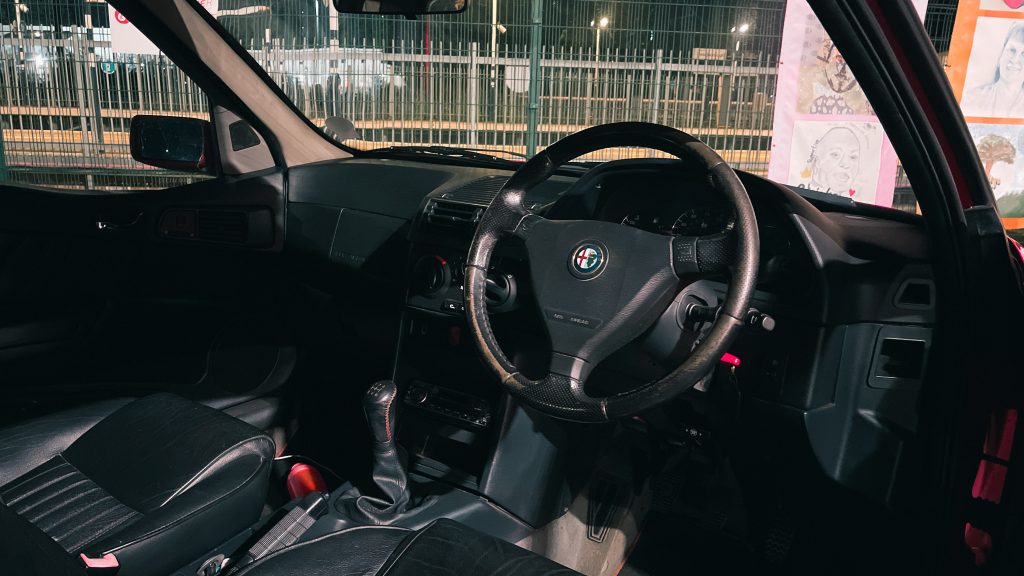
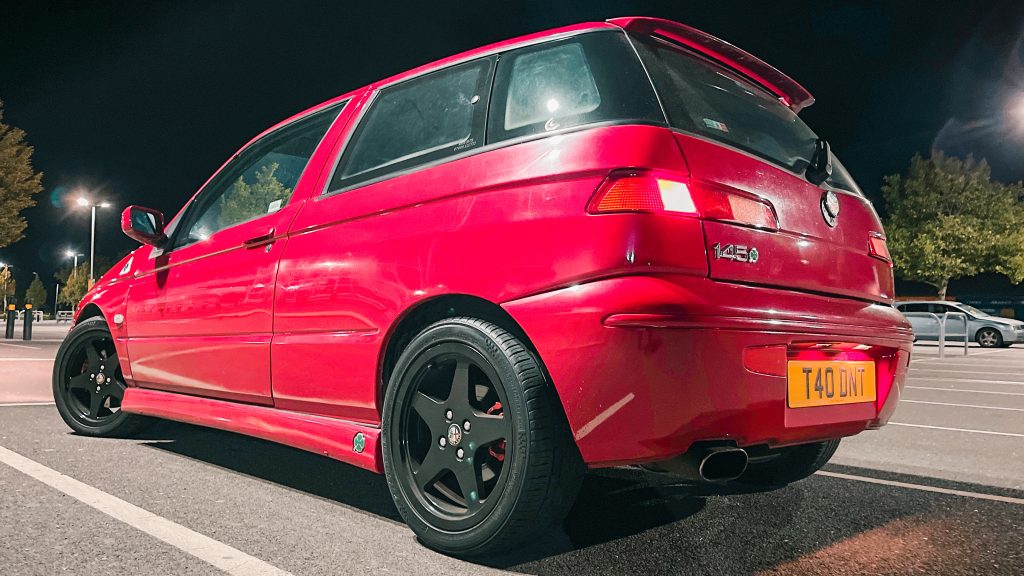
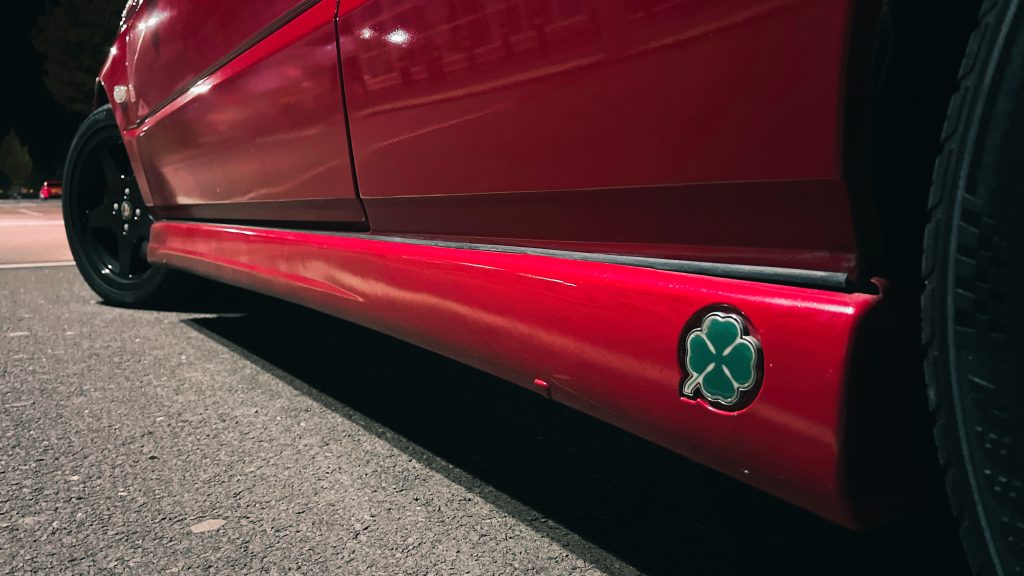
Chadwick first fell for the Cloverleaf several years ago when he drove one for the now defunct Modern Classics magazine. The same car came up for sale several times but it was too expensive, although eventually he was able to get hold of it a few owners later and in a somewhat sorry state for £700. He immediately had to spend a further £1,000 on welding and now it’s an on-going project.
“Rather than making it a concours car I’ve decided to make it the car that I would have had in the late 90s or early noughties. What would I have done with it back then? So I’m buying some nice suspension for it and upgrading the brakes. It’s enhancing the car to become a time capsule of what life would be like in 1999. I’ve even ended up buying lots of old tapes of drum ‘n’ bass and rave music.”
Chadwick’s Alfa might not make him rich, but it sounds like it will make him happy, and that should be the number one reason for anyone buying an enthusiast car, especially a hot hatch.
The rise of the restomod 205 GTI
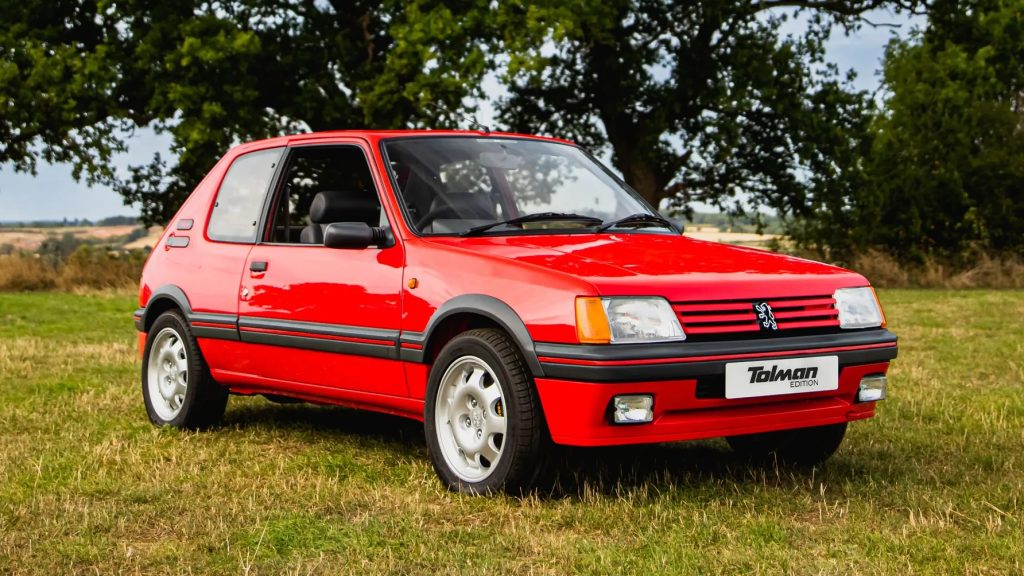
Chris Tolman, and his company Tolman Engineering, has attracted both praise and criticism for his resto-mod Peugeot 205 GTis which start from £65,000. (You may have seen it featured on a recent episode of Top Gear.) Naysayers believe that a ‘Singer for hot hatches’ can only result in prices being pushed ever higher, but supporters would argue that he’s simply meeting a demand from customers and, by re-imagining the GTi with a sprinkling of today’s technology, he’s making the most usable and fun to drive 205s ever seen.
The exercise certainly didn’t begin with a business plan, says Tolman. It was born out of a passion for Peugeot that started at a very young age.
“My father worked for a Peugeot-Talbot dealer when I was very young. I remember the 205s coming out and the launch in the showroom where they had the 1.6 GTI and T16. That was a special thing for me. I was at massive rally enthusiast and my first car was a Talbot-Sunbeam rally replica. Then my next car was a 205 GTi,” he recalls.
Tolman grew his engineering business, first building stock cars then establishing a consultancy, classic car restoration service and running a GT3 race team, before returning to his roots with the Tolman 205.
First, a car was bought for trainee technicians to work on, but soon Tolman was developing parts not just to restore the 205, but to improve it. Now customers can specify a fully-built up Tolman 205 or choose from an array of performance-enhancing parts.
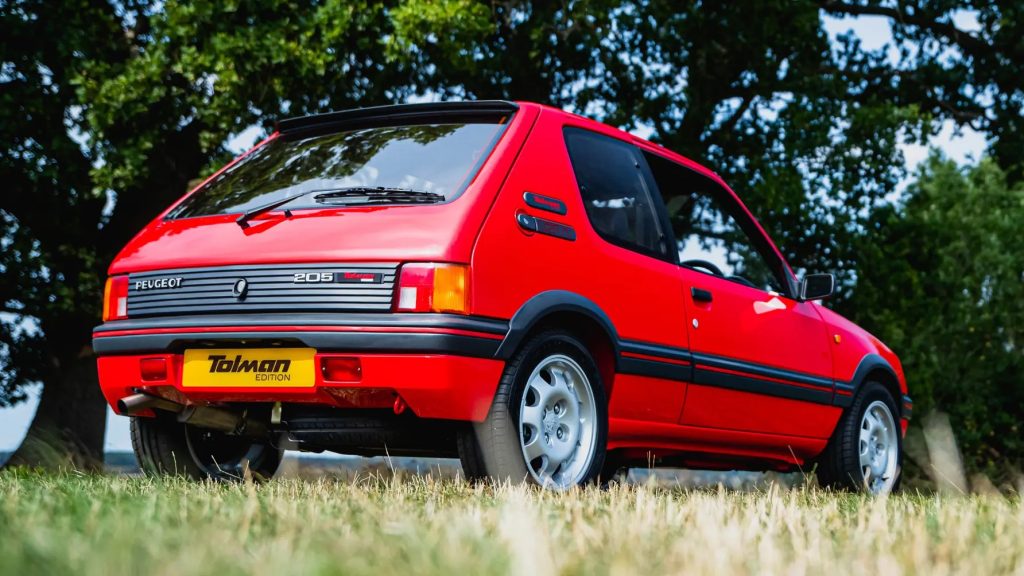
“We tried really hard not to change the car massively, so it still feels like a 205 to drive,” explains Tolman. “It still handles like one, it still sounds like one. And of course, for me, the most important thing is it still looks like one because that’s what people want. The rose tinted spectacles of youth means that a 205 won’t drive as well as you remember, but now we’ve done these moderate upgrades, it drives how you remember it or better. The analogy is that it’s a bit like when you go to see your favourite band at a concert and they just play around with the songs and they put extra guitar riffs in and all this stuff. That’s not the song that you want to hear them play. You want to hear the original and that’s what we tried to do.”
Tolman is now turning his attention to the Renault 5 GT Turbo and a Ford Escort XR3, with customers willing to spend big on 80s and 90 nostalgia.
“The reason we’re having this conversation is because they are going up in value, you know, they’re no longer £500-£1500 cars. Anything that’s even remotely drivable is going to be five or six grand, and we’ve had customers come to us who have paid over 20 for them. And, frankly, they’ve paid too much. They look good, they’ve had a good polish, the interior looks nice, but actually, they’re not that great and probably more of a £12 to £15,000 car, but the market is buoyant.”
It’s not all about fun… they’re cheaper to maintain than modern classics from Porsche and Ferrari
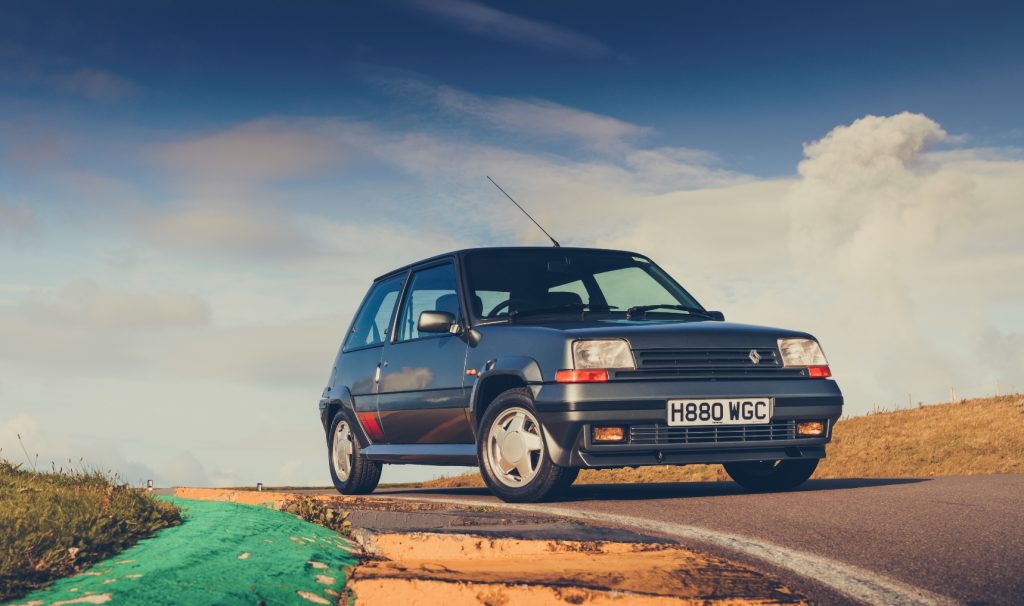
Matthew Priddy, of Historics, says he can see the appeal. “One of the major influences on value with any 80’s/90’s hot hatch, as indeed with any 80’s collectible classic, has become mileage. If I were to stumble across a 20,000 mile, non-sunroof 205 GTi 1.9 that needed serious attention I’d be very tempted, not only because I’ve always wanted one but with that mileage it would be worth the leg work and the cost of restoration.
“Nevertheless, and thankfully, for most 80/90’s hot hatches it should be more about recommissioning and limited restoration than serious work. Whilst values of such cars have risen significantly in recent years, the cost of restoration today may not be repaid in value for some time, but they are still a good bet provided they haven’t been thrashed and trashed … They’re smaller, easy to live with, fun to drive and way cheaper to maintain than upmarket modern classics from the likes of Porsche and Ferrari.”
However, John Mayhead, the editor of Hagerty UK Price Guide, has previously sounded a note of caution that often the best sale prices will be achieved in the car’s home market: “There’s a distinct domestic bubble when it comes to French cars: collectors there will spend considerably more on very good examples of their cars than anyone else. Hence the other recent record prices for various Citroëns, Peugeots, Renaults etc. The nearest comparison I could use would be the rise a few years ago of UK values of Mk 1 Mini Coopers, or S1 Land Rovers. These were iconic, home-market cars.”
That said, if you do have a hot hatch tucked away in a garage or barn then there’s never been a better time to whip off the dust sheet and get it back on the road. Why? Because whether you make a profit or not you’ll enjoy a driving experience that’s just not possible with a modern equivalent.
“We just don’t have lightweight small cars anymore,” bemoans Tolman.” You’ve got to have a big power figure to get your power to weight ratio, and, let’s be honest, the power to weight ratio of cars has not gone up, it’s gone down. So when you get a nice little hot hatch that works, that’s got nice power and a good chassis that gives you feedback there’s really nothing better.”
More on hot hatches
Get them while they’re hot: 9 hatches you could snap up
The rise of the GTI: Is now the time to restore a hot hatch?


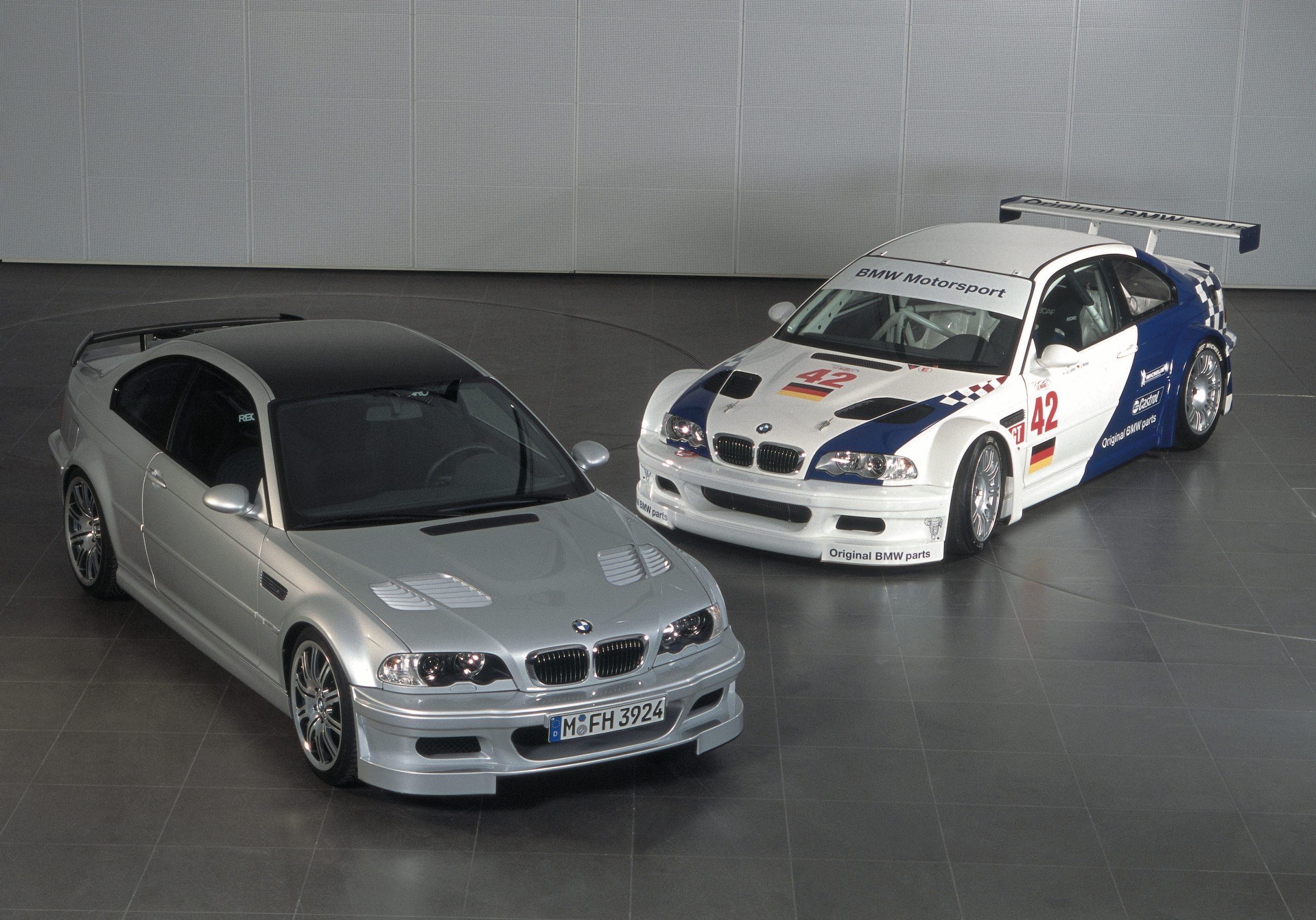
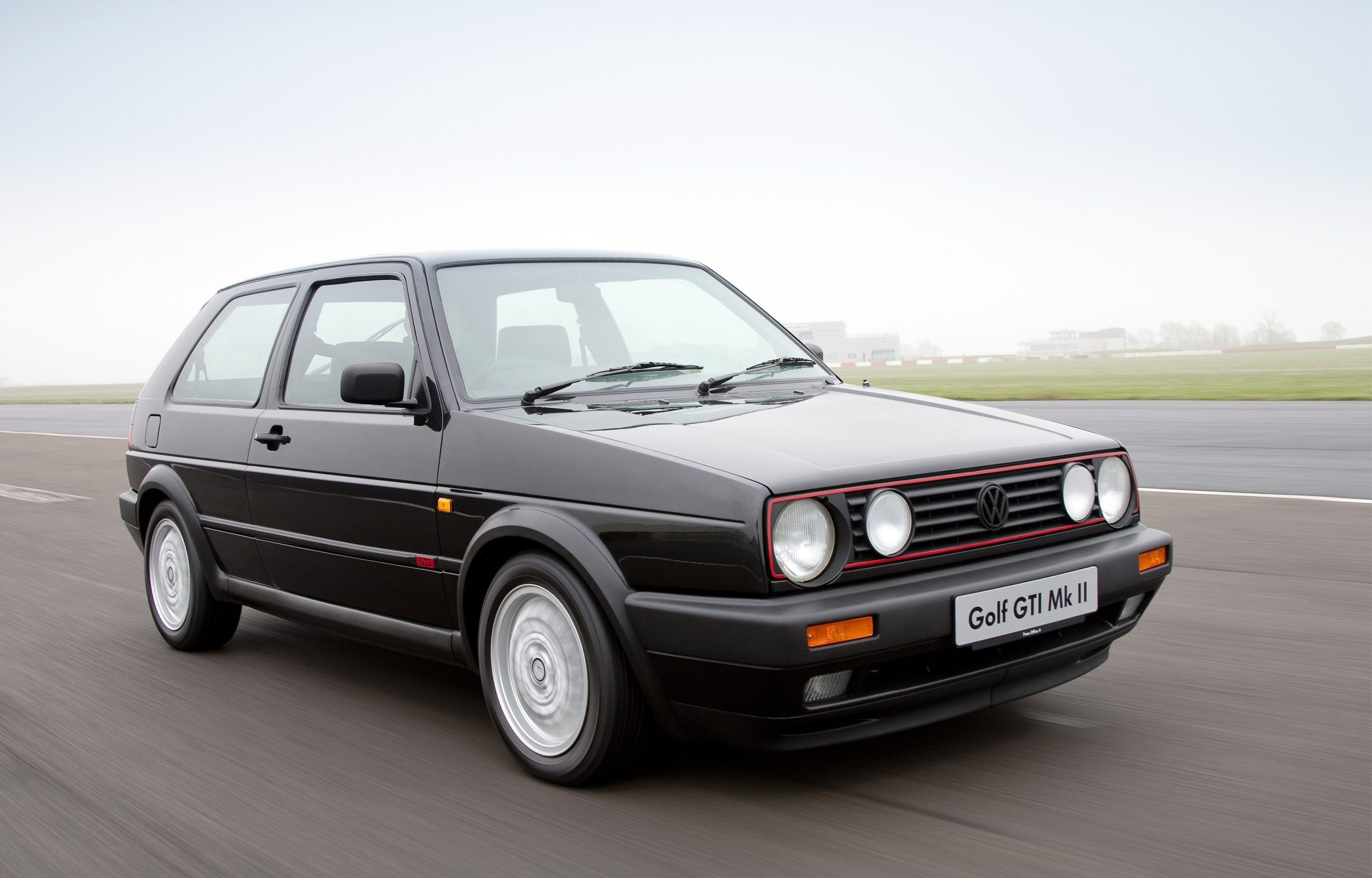






Does this count? I’ve been after a warm hatch for the past few years – a one lady owner from new Rover 200VI five door in look-a-like BRG. It’s driven once a week to the local Tesco (which is where I first saw it in 2015) and its 80 year old owner always says it’s far too fast for her…
No mention of Vauxhall HS Chevette
Some good mentions in the article and strong focus on the 80s. Looking more so at the 90s where, imo, there is some good gains in prices to be had look at:
306 Rallaye/GTI-6
106 GTI
MK3 Golf GTI 16v – c100kilo lighter than the 306 GTI-6 and not the lardy car some say. Shares chassis parts with the Corrado. ABF engine has real pedigree.
Corrado VR6 – punched well above it’s weight i.e. 30-70 of 5.7 secs was the same as a 968CS and quicker than escort/sapphire cosworths by almost a second.
Rover BRG
Alfa 145 Cloverleaf (although 150kilo heaver than the mk3 16v gti)
Clio Williams (already taken off in price)
Great suggestions, Matt. I’d be a very happy chappy with a 306 GTI-6, or the Rallye version, too. And the Corrado was a cracking thing with sweet steering and a sorted chassis. But (apologies in advance) I just cannot bring myself to agree about the MkIII Golf; they were underwhelming to drive, even with that 16-valve 150bhp engine, and the handling was pretty lumpen. It wasn’t until the MkV that VW got the GTI’s mojo back!
Our contributor, Antony Ingram, runs a 106 Rallye, which you can follow here: hagerty.co.uk/articles/our-classics/our-classics-1998-peugeot-106-rallye-s2/
Thanks for the suggestions.
Ironically the mk3 gti’s and VR6s shared everything except dampers and springs with the corrado vr6 (part numbers for bushes, control arms, steering rack, track rods, roll bars are identical). Mk3s had a superior abs system and better brake modulation as a result.
Body shell rigidity and centre and gravity differs in the corrados favour, but weight is in the mk3s. A mild upgrade to the mk3s dampers and springs (i.e bilstein B8 shocks) makes for a fairly comparable car.
I’ve got all 3 – corrado vr6, mk3 16v and a mk2 16v. It is a shame the mk3 has its reputation and its damper and spring combo from the factory left a lot to be desired, a sign of the times in the 90s I guess.